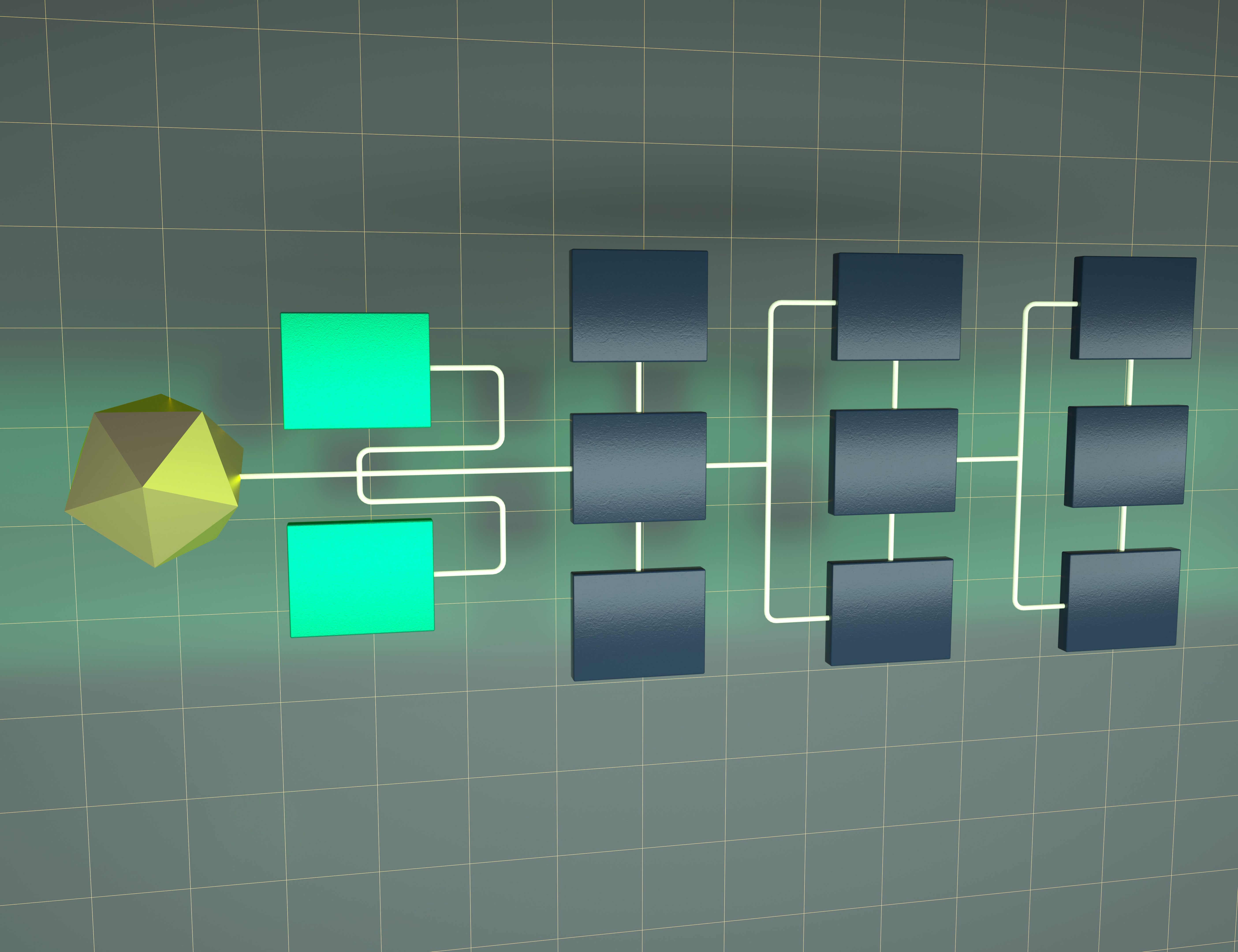The Graph (GRT): Revolutionizing Blockchain Data Access
Understanding The Graph and Its Role in Blockchain Technology
The Graph (GRT) is a decentralized protocol designed to facilitate the querying and indexing of data from blockchains. It plays a critical role in the blockchain ecosystem by enabling developers to efficiently access blockchain data, which is crucial for creating decentralized applications (dApps). By utilizing The Graph, developers can build applications that are both scalable and efficient, without the need for centralized servers.

The Architecture of The Graph
The architecture of The Graph comprises several key components that work together to provide seamless data access. The primary components include Indexers, Curators, and Delegators. Indexers are responsible for processing the data and storing it in a format that allows for quick retrieval. Curators play a vital role by identifying valuable data sources and signaling which data should be indexed. Lastly, Delegators support the network by delegating their GRT tokens to Indexers, enhancing the security and efficiency of the network.
By leveraging these components, The Graph ensures that data on blockchains can be accessed with ease and reliability, making it an indispensable tool for developers working with decentralized technologies.
The Importance of Subgraphs
Subgraphs are a fundamental aspect of The Graph’s protocol. A subgraph is essentially an open API that defines how data should be indexed and queried from a specific blockchain. Developers can create subgraphs for different use cases, allowing them to tailor the data retrieval process according to their needs. This flexibility ensures that developers can focus on building innovative solutions without worrying about the complexities of data access.

The ability to create custom subgraphs facilitates a collaborative environment where developers can share and utilize each other's work, fostering a community-driven approach to blockchain development.
Use Cases of The Graph
The Graph is instrumental in various blockchain applications, particularly in the burgeoning field of decentralized finance (DeFi). DeFi platforms rely heavily on accurate and timely data access to function correctly. The Graph enables these platforms to access real-time financial data, ensuring that transactions are executed efficiently.
- DeFi Platforms: Access to real-time financial data for efficient transactions.
- NFT Marketplaces: Efficient querying and indexing of digital asset data.
- Decentralized Social Networks: Seamless integration of user-generated content.
In addition to DeFi, The Graph is also used in non-fungible token (NFT) marketplaces and decentralized social networks, highlighting its versatility across different sectors of the blockchain ecosystem.
Future Prospects of The Graph
As blockchain technology continues to evolve, the demand for efficient and scalable data access solutions will only increase. The Graph is well-positioned to meet these demands with its innovative approach to data indexing and querying. Its open-source nature and community-driven development model ensure that it remains adaptable and relevant in the fast-paced world of blockchain technology.

The Graph’s ongoing improvements and updates indicate a promising future where it could become a standard tool for blockchain developers worldwide, further revolutionizing how data is accessed in decentralized networks.
Conclusion
The Graph (GRT) represents a significant advancement in how blockchain data is accessed and utilized. By providing a decentralized solution for querying and indexing blockchain data, it empowers developers to build more efficient and scalable dApps. As the blockchain landscape continues to grow, The Graph is set to remain a pivotal component in driving innovation and accessibility in the space.
